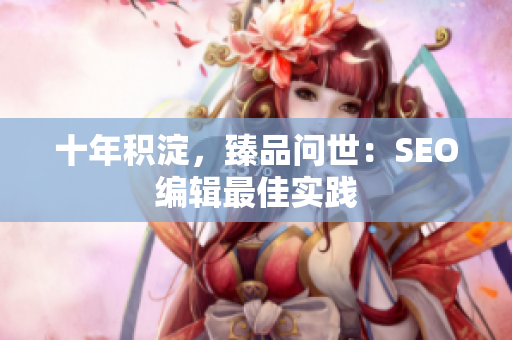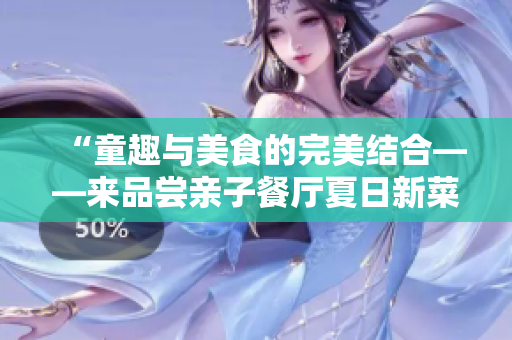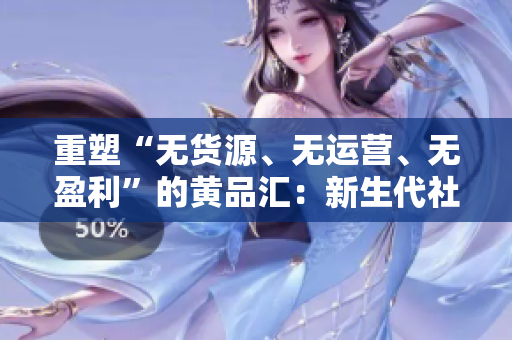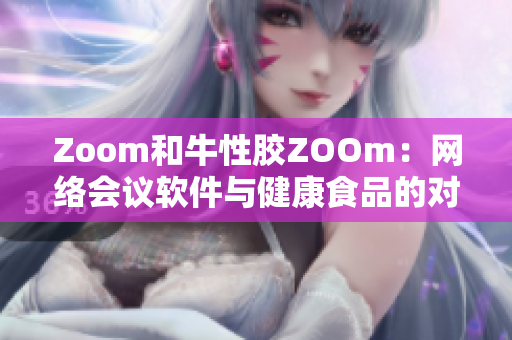Introduction
Western civilization has given birth to some of the most iconic and revered works of art and culture in human history. From the Sistine Chapel to Shakespeare, these masterpieces have influenced generations and will continue to do so for centuries to come. However, in the fast-paced world of today, we are also faced with the reality of technological advancements, such as the rise of 5G networks, which have far-reaching implications for both our personal and professional lives. In this article, we will explore the intersection of these seemingly disparate topics, while also touching on the pressing issue of academic pressure and its impact on students.
The Beauty of Humanistic Art
Humanistic art has been described as a reflection of the human condition – that is, the joys, struggles, and complexities of human existence. Examples of such art can be found throughout history and across a range of mediums, including paintings, literature, and music. Take, for instance, Leonardo da Vinci's masterpiece, the Mona Lisa. The subject's enigmatic smile is a testament to the complexity of human emotion, while the use of light and shadow creates a sense of depth and realism that draws the viewer in.
The Promise of 5G Networks
The advent of 5G networks heralds a new era of connectivity. These networks promise faster download and upload speeds, lower latency, and greater network capacity, which will enable new technologies, such as augmented reality and the Internet of Things, to flourish. The benefits of 5G extend beyond mere convenience – they have the potential to transform entire industries, such as healthcare and transportation.
The Tyranny of Academic Pressure
While humanistic art and technological progress hold great promise, students in today's society face an increasing amount of pressure to perform academically. This pressure is often manifested in unrealistic expectations from parents and teachers, fierce competition for spots in top universities, and a lack of appreciation for non-academic pursuits. This pressure can take a toll on students' mental health, leading to increased stress, anxiety, and even depression.
The Dangers of Gaming Addiction
In response to academic pressure and the stress of daily life, many students turn to video games as a means of escape. However, this can lead to a dangerous cycle of addiction, where students become increasingly reliant on gaming as a coping mechanism. Furthermore, many games employ predatory monetization tactics, such as loot boxes, which can lead to students spending large sums of money on in-game items and currency.
The Importance of Education
Amidst all these challenges, it is crucial that we do not lose sight of the importance of education. By providing a well-rounded education that prioritizes both the arts and technology, we can equip students with the skills they need to thrive in a rapidly changing world. This education should also take into account the mental health of students, providing them with the resources and support they need to stay healthy and happy.
The Power of Diversity
One factor that is often overlooked in discussions of education is the need for diversity. While many students are fortunate enough to attend top schools and universities, there are many others who face unique challenges, such as those in Southeast Asia where access to education may be limited. By recognizing and addressing these disparities, we can create a more just and equitable society.
Conclusion
In conclusion, the worlds of humanistic art, technological progress, academic pressure, and education are all intertwined. By recognizing these connections and working to promote a more well-rounded education system that prioritizes diversity and mental health, we can create a society that is better equipped to face the challenges of the future.









